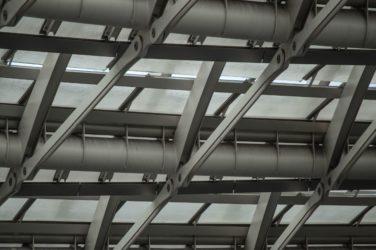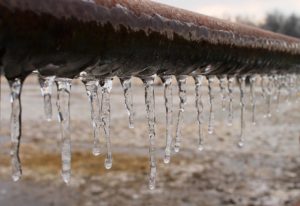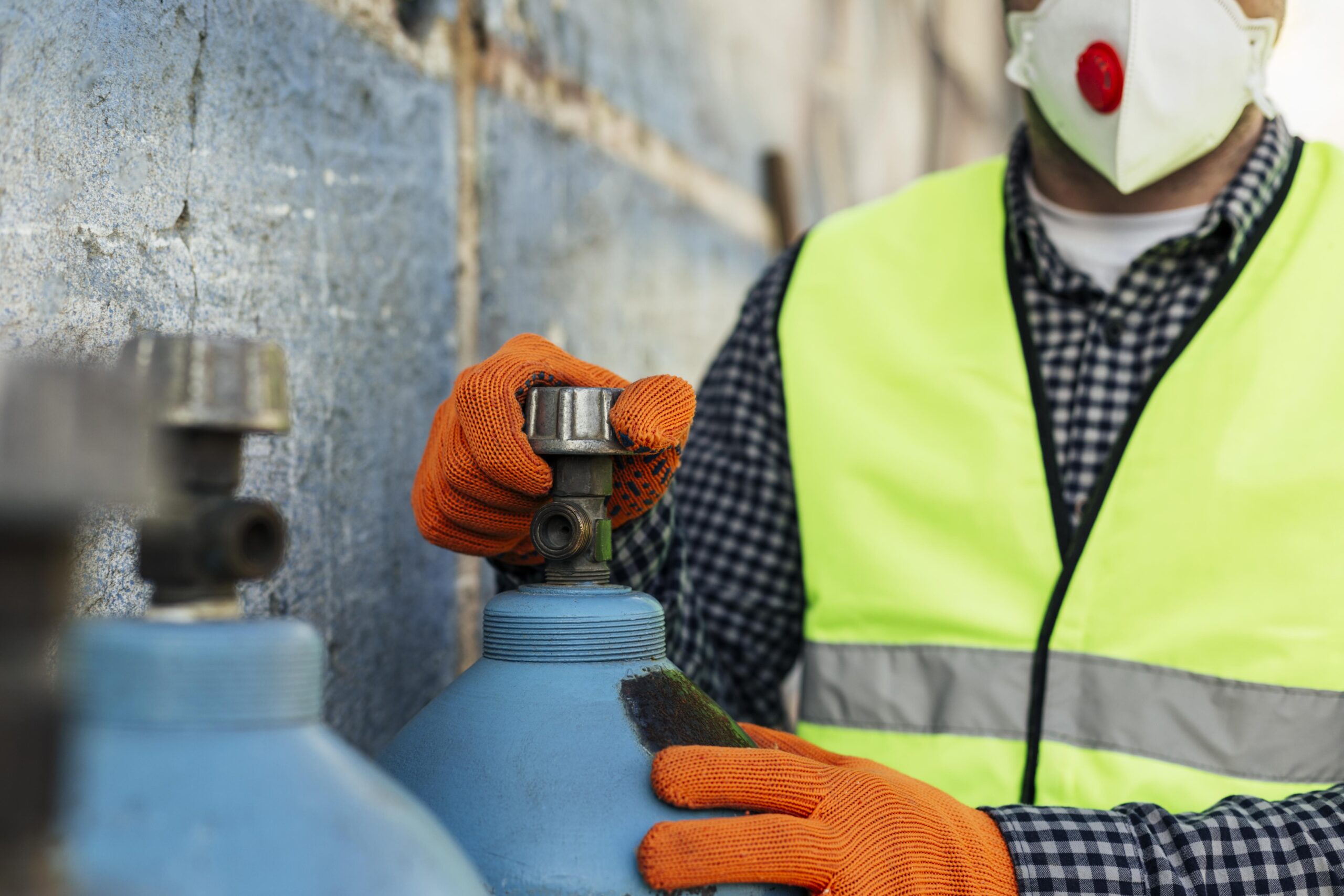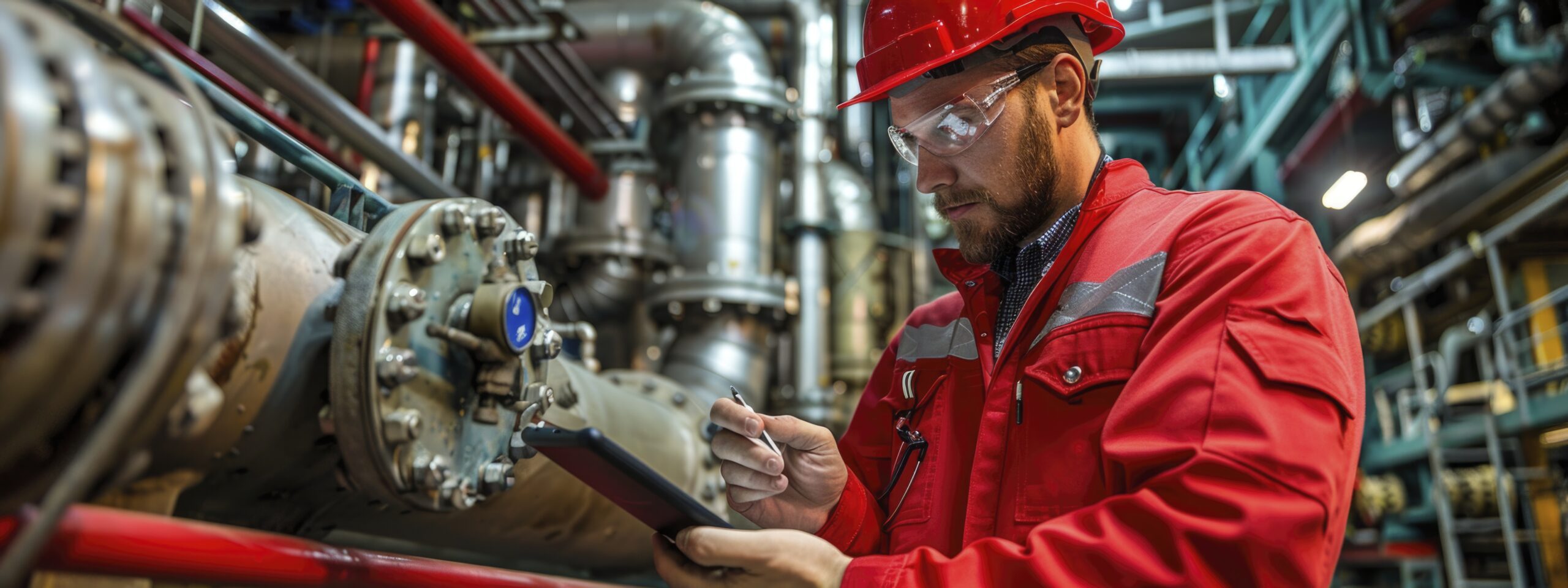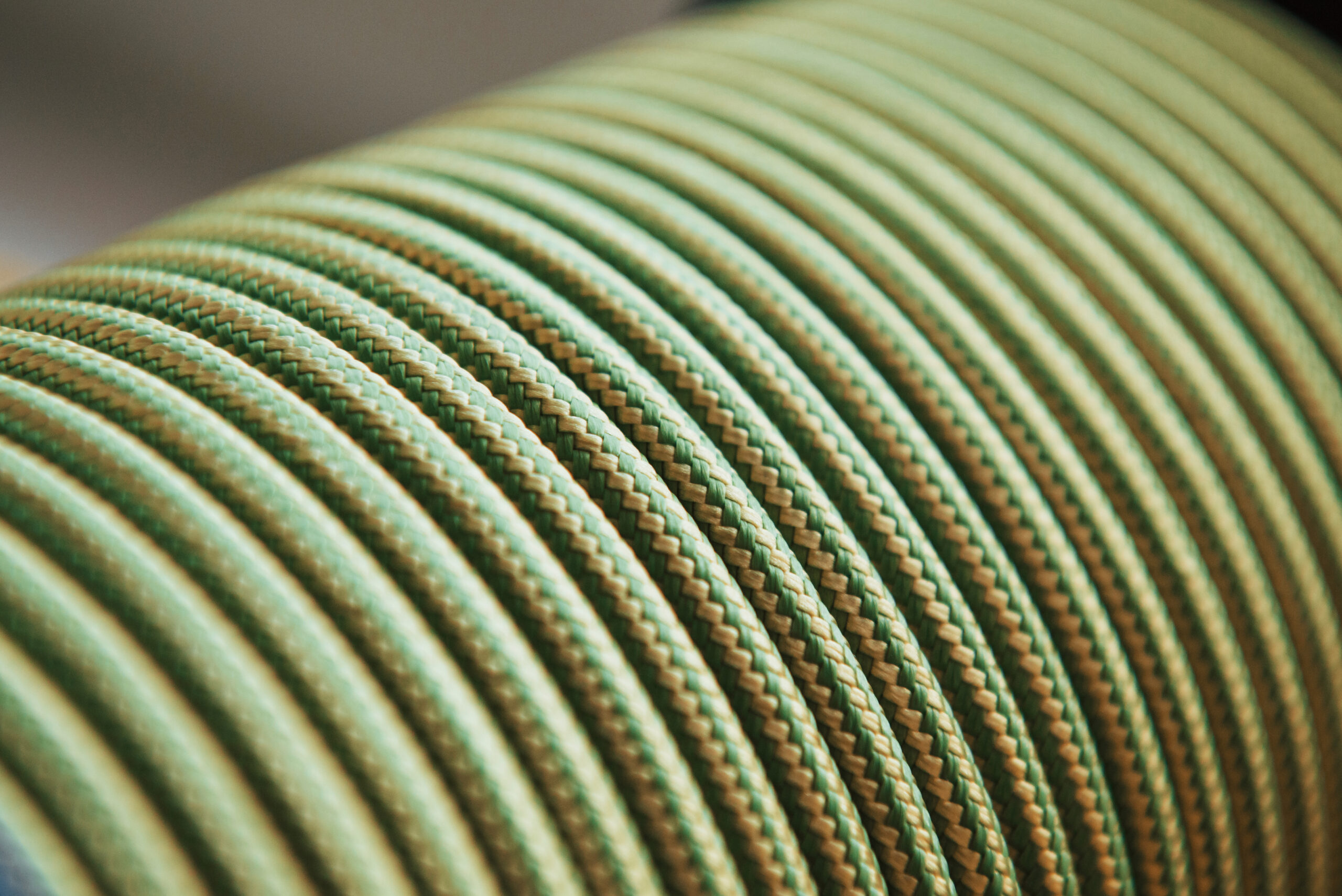There are so many types of pipeline coating but first, let us clarify the concept of pipeline coating. A pipelining is a network of pipes used to transport liquids such as oil, natural gas, or other petroleum-based goods over large distances, usually underground. It is an essential component of contemporary society, which is using for thousands of years for the transfer of water components.
Tubes are usually more expensive than open roads or waterways. Developing a comprehensive plan that includes social, developmental, and environmental factors and basic safety for the construction of the pipeline, may take years and many surveys and studies, and plans to completion. However, it can provide economic savings by taking shorter routes and more direct routes or open channels.
Building a pipeline system, especially for water supply projects or oil on a large scale, is a multi-disciplinary endeavour that requires substantial financial resources and others. It helps to control internal pipeline corrosion. The pipelines are classified according to the materials used in construction,d transferred materials, and function pipes.
Different Types of Pipeline Coating
They are selected based on the coating material, pipeline design, internal coating and external coating forces, connectivity, the development of processes and durability, impermeability, and the frequency of maintenance.
Following are the main types of pipelining coating:
Pipeline For Waste Water
It is helpful for wastewater and transportation, which are made mainly of water with a slight amount of solid waste. Depending on the pressure in the pipes and other factors, it can be made of concrete pipes, PVC, cast iron, or clay. Pipe diameters determined by the materials used and the pressure inside the tube.
Pipeline For Petroleum Oil
It is made of steel that is treated with the outer coating of the Catholic and protection to prevent external corrosion. Welding oil pipeline connection uses. The oil pipeline is divided into two types: crude oil pipeline, which transported crude oil to refineries, and pipeline product, which transported goods such as gasoline to the market.
Liquid Epoxy
The liquid epoxy pipeline coating process is very easy. The chemical reaction between the epoxy resin and hardener or catalyst liquid epoxy produces. A chemical reaction transforms the two into the hard layer when you’re sided by side. You can apply epoxy with a brush, roller, or spray after mixing.
The use of liquid epoxy usually in this area welds size cover, fittings, valves, as well as for the rehabilitation field of short parts of the tubes. He also works as an additional layer of protection at the front of the soil into the air, where underground plumbing meets the atmosphere.
Epoxy Coal Tar
Coal tar epoxy (CTE) is a liquid epoxy that has had some of the mineral fillers replaced with semi-liquid coal tar pitch. CTE cures by combining resin and hardener (parts A and B) to generate a thermoset covering, which is typical of all chemically epoxy resins. The thickness of coal tar epoxy coatings, like liquid epoxy coatings, determines by the particle content and the number of applications applies to the steel.
CTE applications for pipeline work are typically between 15 and 35 mils thick. The cure period of coal tar epoxy is relatively long. It will take five to seven days to properly cure at ambient temperatures (for example, 75 F). Force curing at 150 ° F might cut cure time to 8 hours.
Polyolefin Three-Layer Coatings
A primer (FBE or liquid epoxy), an adhesive intermediate layer (copolymer), and a topcoat make up a three-layer coating (polyolefin). This type of coating has normally uses in pipelines with high electrical resistance since the 1980s. The first coat for three-layer coatings, like FBE coatings, involves preheating the pipes.
The FBE and copolymer layers spray on, following by a final topcoat (the tie layer can alternatively apply through side extrusion). Polyethene frequently uses as a topcoat, while polypropylene is preferable if the pipeline can expose to high service temperatures.
Galvanizing
One of the most common types of steel pipe coating is galvanizing or galvanizing several. Even if the metal itself has several great corrosion resistance and tensile strength capabilities, it still requires a zinc coating for a better finish. Galvanizing can complete in a variety of ways, depending on the method’s availability.
The most often used method, however, is hot-dip or batch dip galvanizing, which involves immersing a steel pipe in molten zinc. A metallurgical reaction between the steel pipe alloy and the zinc produces a surface finish on the metal that delivers a corrosion-resistant quality never seen previously on the pipe.
Another benefit of galvanizing is the cost savings. Numerous firms and businesses have chosen this method. Because it is easy and does not require any secondary operations or post-processing.
Epoxies With Fusion Bonding
This is one of the best types of pipeline coating. Fusion bonded epoxies are single-component, heat-curable, thermosetting epoxy. FBEs apply to heating parts in the form of a powder (10-40 mils) that quickly gels from liquid to solid. Moreover, it has great adherence to steel surfaces and is a very robust coating that resists damage during handling. Because they contain no volatile organic components, FBEs are environmentally beneficial (VOCs).
To avoid excessive pipe cooling, you should apply FBE soon after the heating process. Semi-automating application rings, electrostatic guns, or flocking machines are commonly helpful to apply the powder. The powder can be a minimum thickness of 14 to 16 mils.
The FBE material usually applies in numerous passes. The passes of 2 to 5 mils, and it should always finish quickly. Depending on the formulation of the material, the FBE will normally be dry to the touch in a minute. And fully cure in three minutes or less. Once you apply the coating has cooled to around 200 ° F, handling and testing can begin.
Lined Pipe Systems
In pipeline construction, understanding the various types of coatings is crucial for ensuring longevity and performance. One standout solution in this landscape is the Lined Pipe Systems, a revolutionary approach to internally lined pipelines. This system introduces a paradigm shift in pipeline construction, combining the virtues of Fast Construction and Permanent Protection.
Lined Pipe Systems boast innovative weld joint sleeve inserts that redefine the way pipelines are built internally. Beyond merely providing a shield against internal corrosion, these systems allow for the utilization of fast and ordinary construction methods. The pipe joint sleeve inserts not only facilitate rapid construction but also serve as a steadfast defense, offering enduring protection to the weld zone.
This fusion of swift construction and permanent safeguarding positions Lined Pipe Systems as a distinctive and efficient solution for diverse industrial applications. As we explore the realm of pipeline coatings, the inclusion of such advanced systems, particularly the pipe weld joint sleeve inserts, adds a new dimension to the choices available, emphasizing the importance of both speed and durability in the construction of pipelines.
Conclusion
To offer safe drinking water, coating materials are designed for contact. Potable water testing for the number of tanks and chemicals that leach into the water. Coal tar enamel, cement mortar, liquid-applied epoxy, fusion-bonded epoxy (FBE), or polyurethane (PU) are examples of coatings. These are the examples that must first undergo a toxicological assessment of chemical concentrations. Following that, NSF toxicologists conduct a formulation evaluation, which defines the chemical studies.
Finally, the product that is complete is going for testing. The testing for controlling metals by exposing them to pH 5 and pH 10 glasses of water. And this can assess the results. Each coating type has advantages and disadvantages in terms of performance and application. You should consider these, and different pipeline coating types when choosing a coating for the desired service environment.

